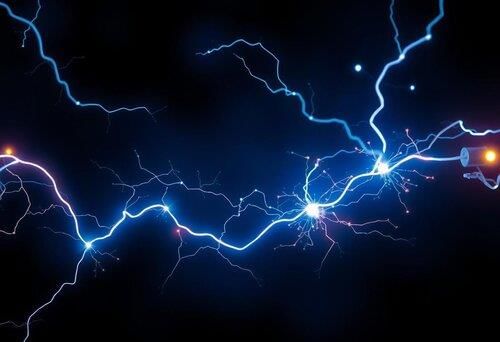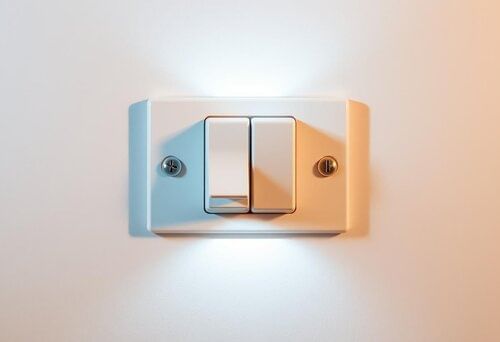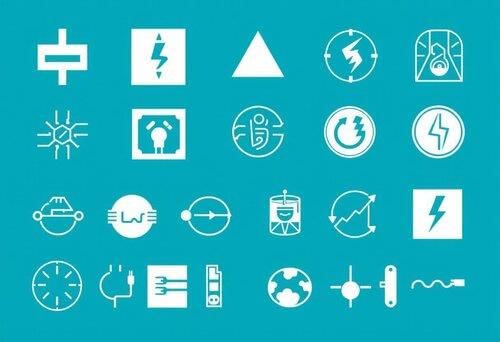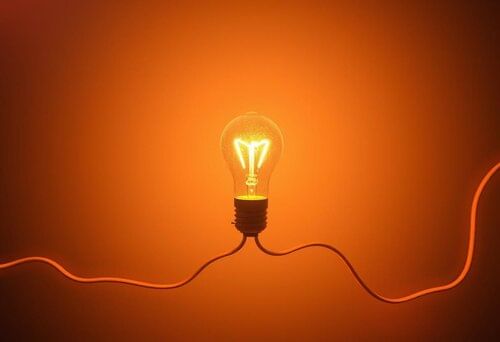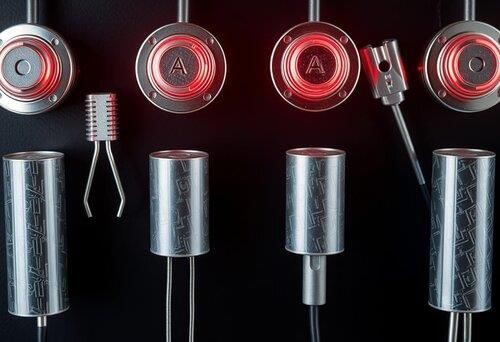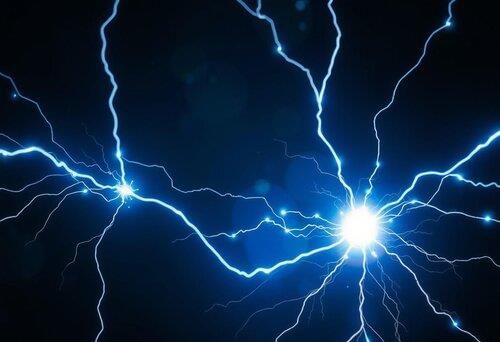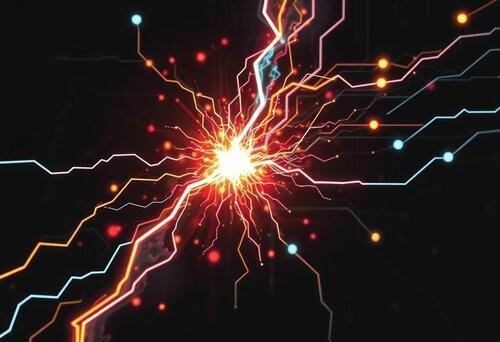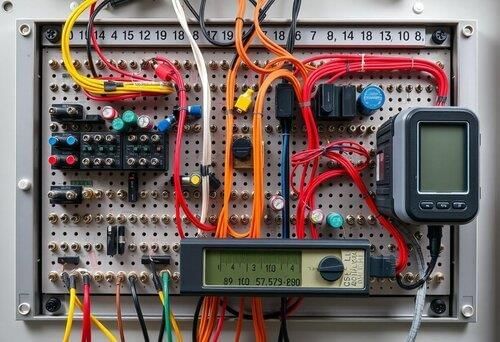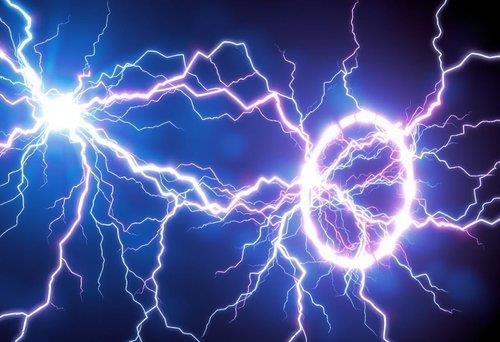|
Four basic components of circuits.
|
Card: 2 / 50 |
|
An electric circuit is defined as a ___ path along which electrons flow from a voltage source. |
Card: 3 / 50 |
|
Riddle: I can be closed or open, but when I'm open, the light goes out. What am I? |
Card: 7 / 50 |
|
What is the purpose of using circuit diagrams and standardized symbols in electrical engineering? |
Card: 9 / 50 |
|
Circuit diagrams simplify electrical design.
|
Card: 10 / 50 |
|
Fill in the blank: A ___ provides a pathway for current to flow in an electric circuit. |
Card: 11 / 50 |
|
A closed circuit has a complete path with no breaks, allowing current to flow, while an open circuit has a break that prevents current flow. |
Card: 14 / 50 |
|
True or False: A load in an electric circuit is responsible for generating power. |
Card: 17 / 50 |
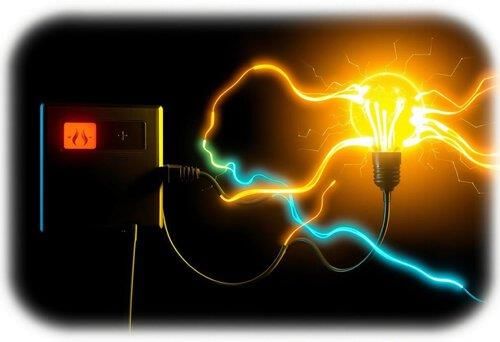 False. A load uses power from the source to operate, it does not generate power. |
Card: 18 / 50 |
|
Riddle: I am essential for electricity to flow, but without me, the bulb stays off. What am I? |
Card: 19 / 50 |
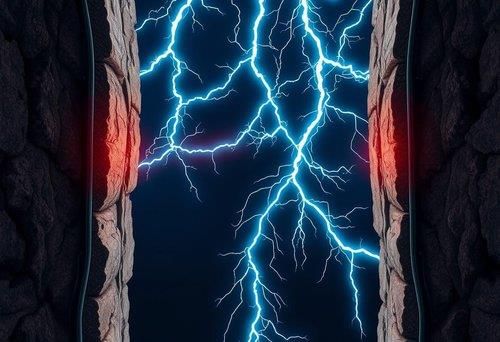 Opening a switch creates an air gap, stopping current flow through the circuit. |
Card: 22 / 50 |
|
Fill in the blank: The two electrodes of a cell are made of ___ and ___ materials. |
Card: 23 / 50 |
|
True or False: The potential difference across a cell’s terminals is the same whether the circuit is open or closed. |
Card: 25 / 50 |
 Unlock all Flashcards with EduRev Infinity Plan Starting from @ ₹99 only
|
|
False. The potential difference, or electromotive force (emf), is only present when the circuit is open. |
Card: 26 / 50 |
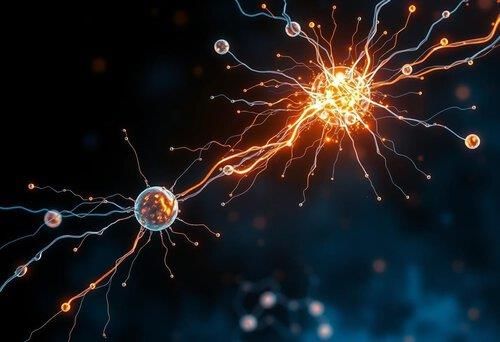 The chemicals react, transferring energy through the movement of electrons between the electrodes. |
Card: 28 / 50 |
|
Riddle: I push electrons out and pull them in, creating a flow that makes bulbs begin. What am I? |
Card: 29 / 50 |
|
Electric current is the flow of many charges (electrons) moving in one direction through a conductor. |
Card: 32 / 50 |
|
Fill in the blank: The chemicals in a cell store ___ energy, which is released when the circuit is closed. |
Card: 33 / 50 |
|
Electromotive force (emf) is the potential difference across a cell’s terminals when no current flows. |
Card: 36 / 50 |
|
What is the definition of potential difference (voltage) in an electrical circuit? |
Card: 39 / 50 |
|
Potential difference (voltage) is the work done by a cell per coulomb of charge, or the energy each coulomb transfers to a component like a bulb. |
Card: 40 / 50 |
|
Fill in the blank: The formula for calculating potential difference is ___ = W / Q. |
Card: 41 / 50 |
|
True or False: A voltmeter is connected in series with a component to measure potential difference. |
Card: 43 / 50 |
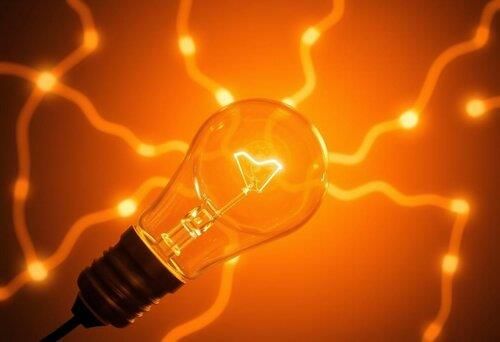 Adding cells in series increases the potential difference, making the bulb brighter and hotter. |
Card: 46 / 50 |
|
Riddle: I measure the flow of charge, in amperes I do flow. Without me, circuits would be slow. What am I? |
Card: 47 / 50 |
|
Current (I) is the rate of flow of charge, measured in amperes (A), where 1 ampere equals 1 coulomb per second. |
Card: 50 / 50 |





